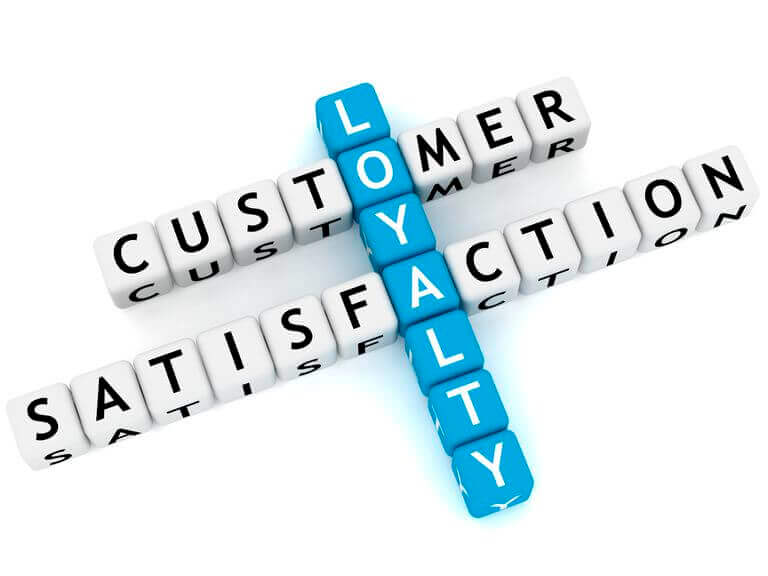
Everyone keeps telling us that loyalty is dead. It’s probably true, certainly in the low-cost airline market. But what they forget is that for many brands, it never really existed. And if it did, it certainly didn’t exceed low prices. Last year, Ryanair carried more passengers than anyone else while having rock-bottom customer satisfaction. Illogical? Perhaps; perhaps not.
And while brands such as British Airways and United Airlines have contributed to the airline market, having the biggest decline in customer service perception following a monumental bank-holiday IT meltdown and catastrophic passenger PR disasters respectively, it’ll be soon forgotten and they’ll be back on the consideration list for holiday travel plans in no time.
Brands in fickle markets need to create customer preference – a shorter-term, easier to influence shift in brand allegiance – to achieve marketing and commercial success. Ryanair uses low-price to drive this preference, but in a head-to-head battle it’s a race to the bottom.
To create preference effectively you need to have a relationship with your customers. And to have a meaningful relationship, you need data. Good data; data that you can use and that is predictive of behaviour; data that you collect and use under the watchful eye of the GDPR lawyers. The challenge is that in the airline industry, according to our own research, only 4% of customers are currently willing to share that data with brands.
Fixing the data value-exchange in the airline market
So, what we need to do is optimise the moment that customers come to share their data – the data value-exchange. And we need to do this both strategically and operationally.
Consumers expect a creative relationship with airlines. They are looking for new experiences. Functional needs are still fundamental, but the need to inspire through communication is even more pressing – especially in a world where loyalty schemes are off the table.
This same research shows that if airlines offer this inspiration and relevance, customers are 11 times more likely to share this coveted data; that’s a significant differential. And if brands offer this, they need to be able to deliver on it.




